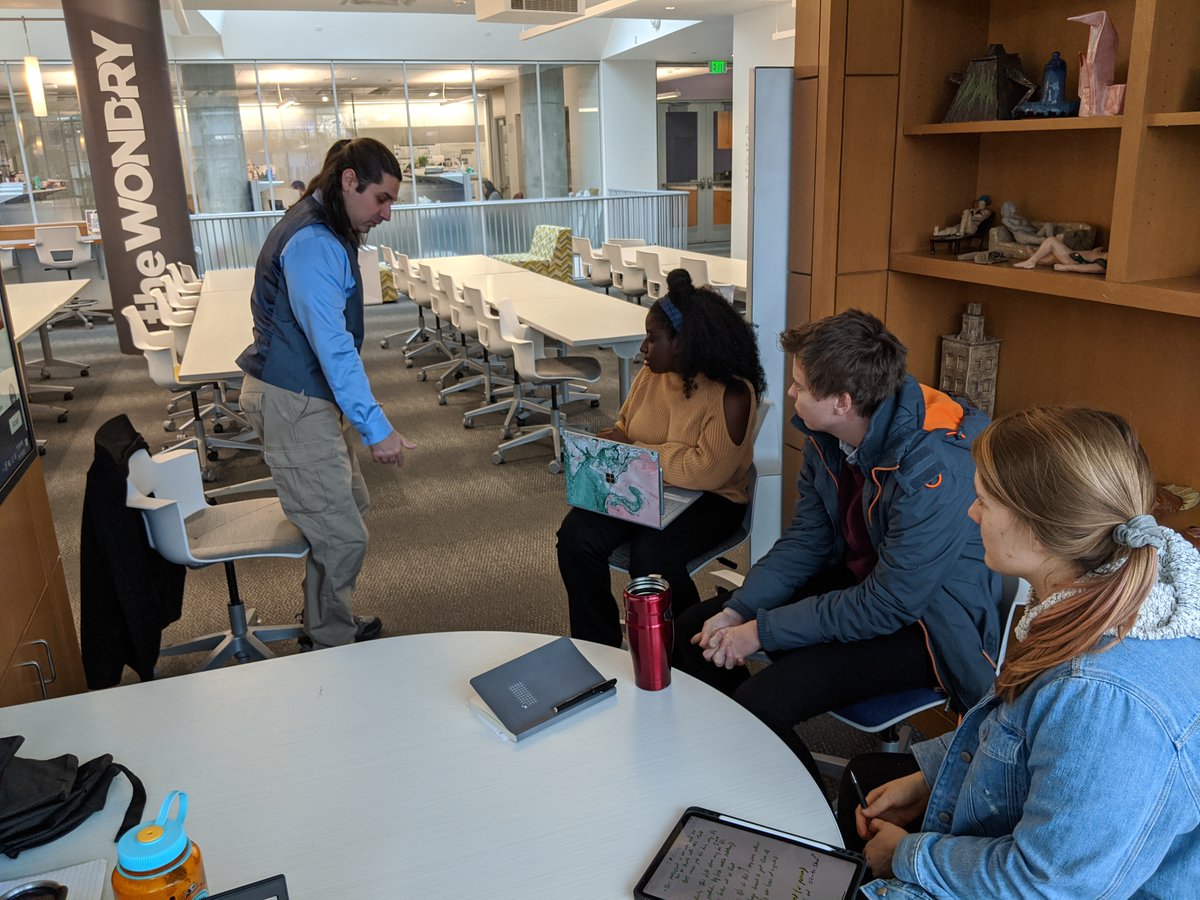Thanks for all the great @BiomechanicsDay posts, videos & memories shared this week! Refreshing, energizing & inspiring! @CREATEatVandy & I posted on a few social media sites. Compiling here into #NBD2020 ode to #biomechanics! What biomech is to us...
1/
1/
#Biomechanics is about improving lives. Improving mobility & independence for those w/ disabilities. Preventing injury & sustaining health in others.
We aim to advance understanding of how people move, & translate science/engineering out of the lab.
2/
engineering.vanderbilt.edu/create/
We aim to advance understanding of how people move, & translate science/engineering out of the lab.
2/
engineering.vanderbilt.edu/create/
#Biomechanics is studying human movement and musculoskeletal loading to inform how we design #wearables, #exoskeletons and #exosuits to support and protect manual material handlers and other workers in physically demanding jobs.
@EmilyMatijevich @lamers_erik @volgy
3/
@EmilyMatijevich @lamers_erik @volgy
3/
#Biomechanics is using #robotics to deepen our understanding of human walking and #musculoskeletal dynamics, so that we can design better medical interventions and improve patient care.
#prosthetics
@DavidZiemnicki @humotech
4/
#prosthetics
@DavidZiemnicki @humotech
4/
#Biomechanics is about using computational modeling to understand movement and envision the future of human augmentation. Then using engineering and design to fabricate and test these new #exoskeleton concepts.
news.vanderbilt.edu/2020/04/07/bik…
@David_J_Braun
5/
news.vanderbilt.edu/2020/04/07/bik…
@David_J_Braun
5/
#Biomechanics is also intentionally tripping the Dean of Engineering... and not losing my job nor the lab getting shut down as a result.
@EveldMaura @shaneking37 @VUEngineering
6/
@EveldMaura @shaneking37 @VUEngineering
6/
#Biomechanics is working with talented, dedicated students & multi-disciplinary collaborators, to advance our scientific, clinical and engineering understandings. Depicted are: Clinician + Postdoc + Grad Student + Undergrad Student.
@rachelteater21 @KirstyAMcDonald
7/
@rachelteater21 @KirstyAMcDonald
7/

#Biomechanics is scientists, engineers, programmers, clinicians & end-users working closely together to advance our understanding of biological movement & develop effective solutions to some of society's most pressing problems.
#ergonomics
@EmilyMatijevich @volgy
8/
#ergonomics
@EmilyMatijevich @volgy
8/
#Biomechanics is using science to empower people to stay physically active and continue to do the things they love -- and to do them injury- and pain-free!
#running #fitness #wearables
@Anna__Wolfe @EmilyMatijevich @leonscottmd
9/
#running #fitness #wearables
@Anna__Wolfe @EmilyMatijevich @leonscottmd
9/
#Biomechanics is pulling on people with robots until they politely ask us to stop. To ensure wearable #exosuits & other #biomechanical assist devices we develop are comfortable, practical & effective for the people wearing them.
exoskeletonreport.com/2020/03/charac…
@MatthewYandell
10/
exoskeletonreport.com/2020/03/charac…
@MatthewYandell
10/
#Biomechanics is doing motion analysis lab experiments to understand human stumble recovery reflexes, then using this insight to design next-generation #prosthetic limbs that help prevent falls in individuals with limb loss.
#prosthetics #robotics
@shaneking37 @EveldMaura
11/
#prosthetics #robotics
@shaneking37 @EveldMaura
11/
#Biomechanics is studying how #prosthesis users perform tasks of daily living like squatting and lunging, to learn if and how we can improve prosthetic designs to overcome existing deficits, in order to improve quality of movement and quality of life.
@rachelteater21
12/
@rachelteater21
12/
#Biomechanics is about helping real people. Everyday heroes. By using science to develop tech that can support & sustain men and women who support & sustain all of us; like those in #logistics moving vital resources across the globe.
@HeroWearExo
13/
herowearexo.com
@HeroWearExo
13/
herowearexo.com
#Biomechanics is advocating for equity, inclusion and accessibility for all. It's about more than our specific research or our specific technology. It's about the impact we can have now, and the enduring impact we can have on the future.
14/
exoskeletonreport.com/2020/03/usheri…
14/
exoskeletonreport.com/2020/03/usheri…
#Biomechanics is also about messing up, failing, making mistakes & even feeling stupid. Science is hard. It's a humbling process that takes time, dedication & perseverance. Failures lead to learning & new discovery. Laugh, learn, enjoy the process.
15/
15/
#Biomechanics is about being part of a global community of extraordinary people & organizations who are committed to science, outreach and societal impact. @CREATEatVandy thanks all who shared their science & passion this #NBD2020!
16/16
thebiomechanicsinitiative.org
16/16
thebiomechanicsinitiative.org
• • •
Missing some Tweet in this thread? You can try to
force a refresh






